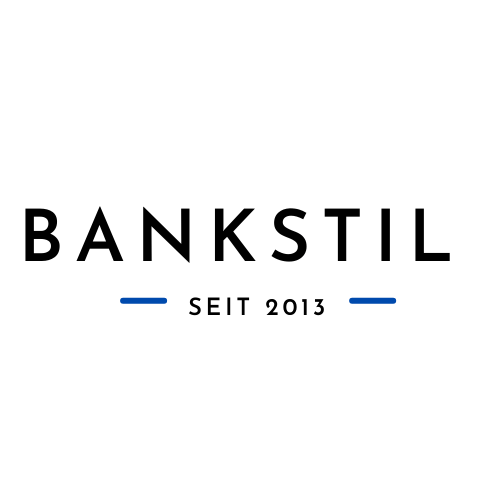Von Ralf Keuper
Dass die Blockchain Stand heute ein beachtlicher Energiefresser ist, war erst kürzlich auf diesem Blog in Wie ökologisch nachhaltig ist das New Banking? ein Thema. In der Zwischenzeit hat sich das Handelsblatt in Blockchain. Der stromfressende Alleskönner ebenfalls damit beschäftigt.
Mittlerweile gibt es einige Ansätze, den extrem hohen Energieverbrauch der Blockchain, wie er vor allem während des sog. Mining anfällt, durch effizientere Verfahren in den Griff zu bekommen. Beispielhaft dafür ist IOTA. Der große Vorteil besteht laut Jeremy Epstein darin:
What it does is require each device to verify the transaction of one other device and, in turn, its own transaction is verified by two other devices. … When all is said and done, I only need to keep a VERY small set of transactions in my memory, but they can be verified at any time and have been verified. As such, the concept of “full nodes” as is common in Bitcoin and Ethereum, goes away. Every node is a micro-node, fully distributed, and relatively inexpensive to operate. (in: Why blockchains fail and decentralization succeeds)
Ob die Erhöhung der Transaktionsverarbeitungskapazitäten der Blockchain, wie sie di…
